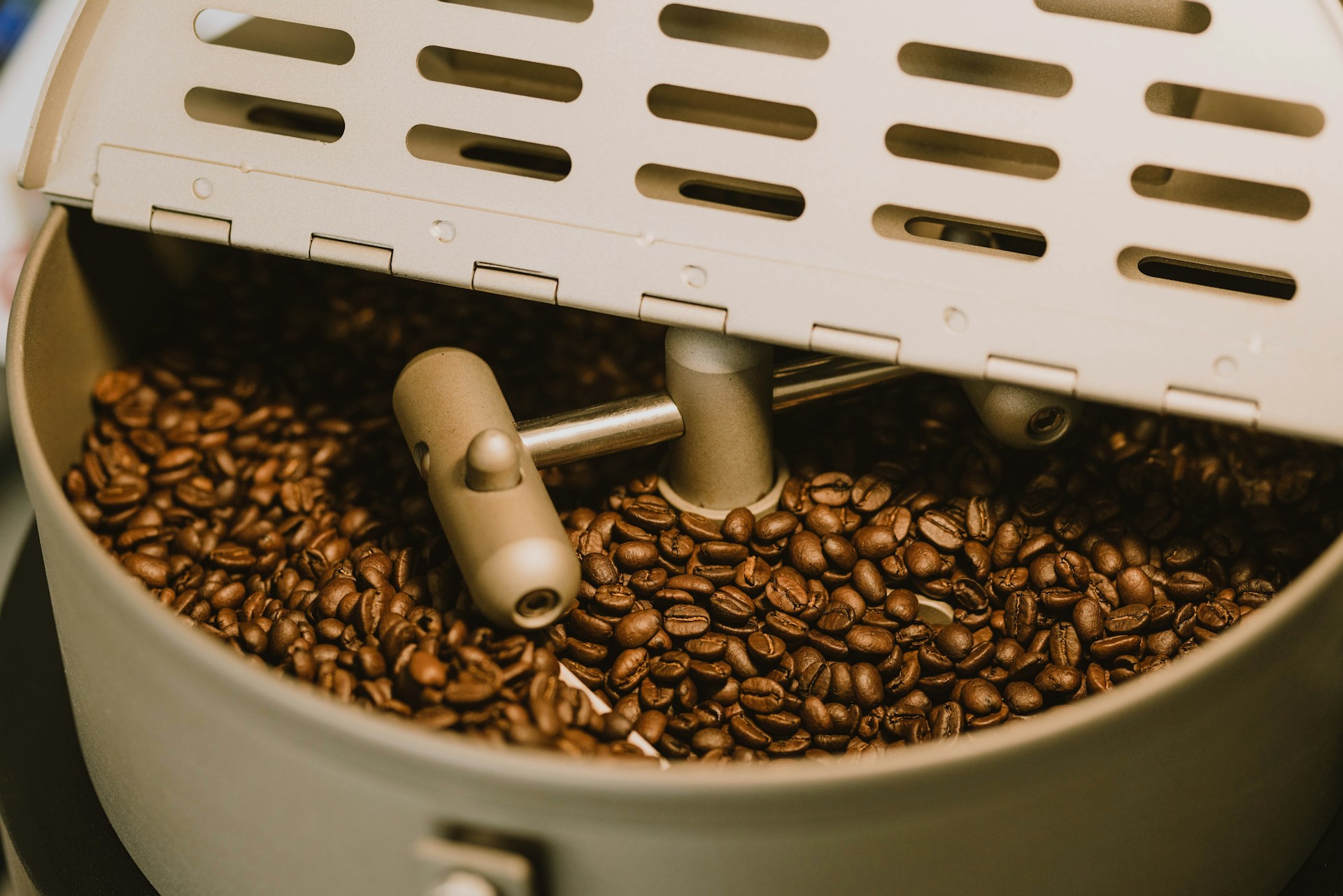Roasting Profile

Photo: Corey Young
A roasting profile is essentially a detailed plan that outlines how coffee beans are roasted, including the time, temperature, and various stages they go through. It acts as a guide for roasters to develop the flavors, aroma, and overall character of the coffee. Key points in the roasting process, like the development time, the first and second cracks, and the cooling phase, are all captured in the profile. It also tracks how quickly the beans change in color and structure as they’re roasted.
Roasting profiles are carefully designed to bring out specific qualities in the coffee, such as acidity, sweetness, body, or clarity. For instance, a faster roast with higher heat might highlight the coffee’s acidity and brightness, while a slower roast with a gradual heat increase could enhance body and caramelization, leading to a fuller, richer flavor.
To manage this, roasters use tools like thermocouples to measure bean temperature (BT) and environment temperature (ET), software that graphs the roast in real time, and manual adjustments to airflow and heat. Each profile is customized not only for the type of bean being roasted but also for how the coffee will be brewed, whether as espresso or filter coffee, and for the desired roast level—light, medium, or dark.
Mastering the art of roasting profiles allows roasters to unlock the unique potential of a coffee’s origin, bringing out its terroir, processing method, and varietal traits in the final cup. A well-developed profile ensures the coffee tastes balanced and complex, while avoiding roasting issues like baked, scorched, or underdeveloped flavors.